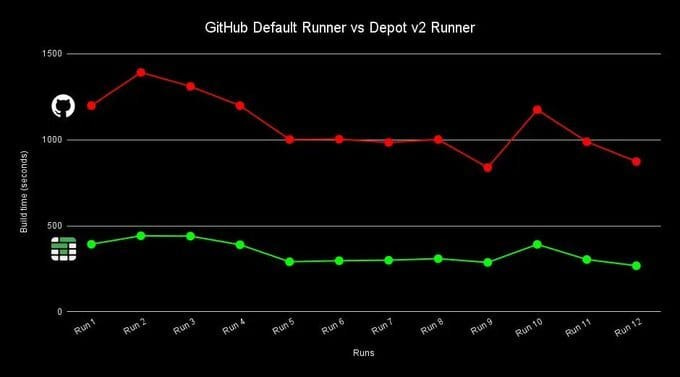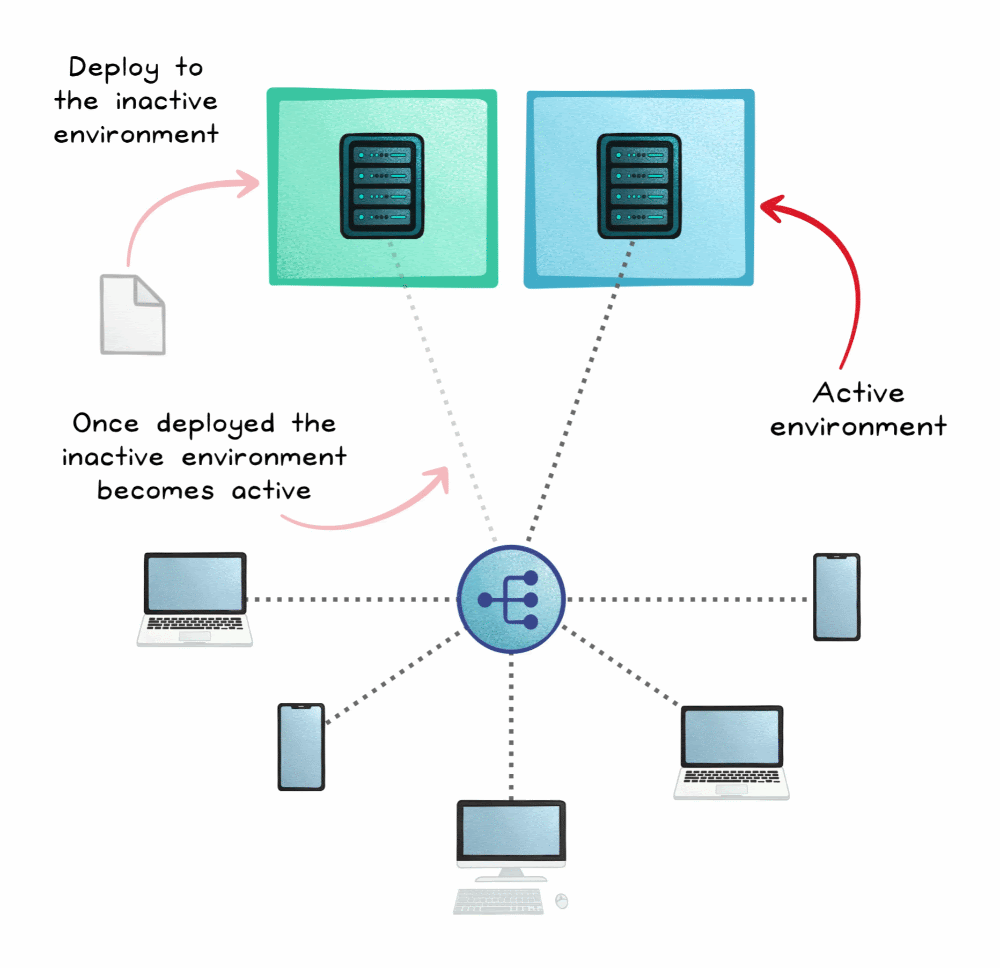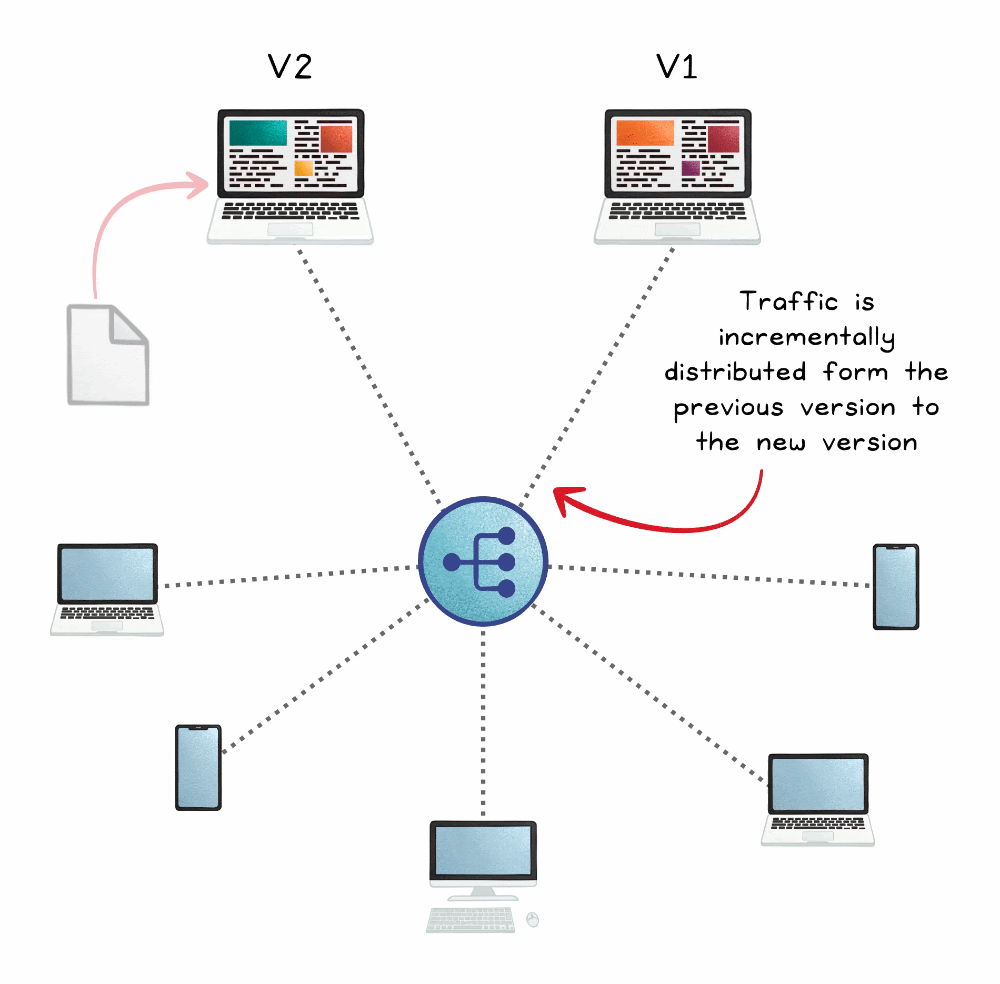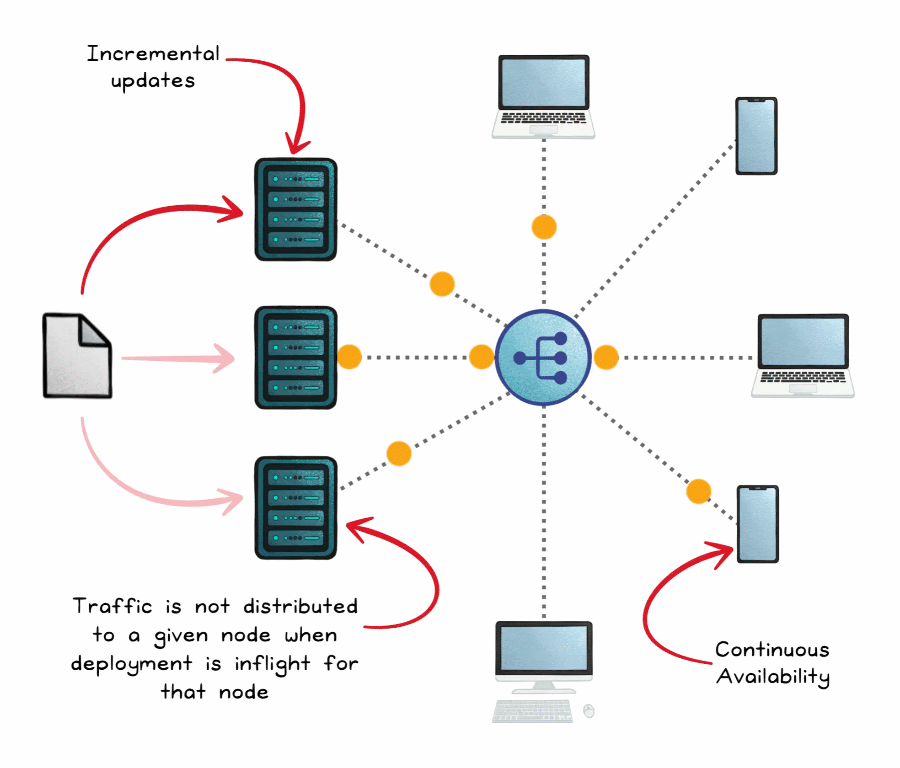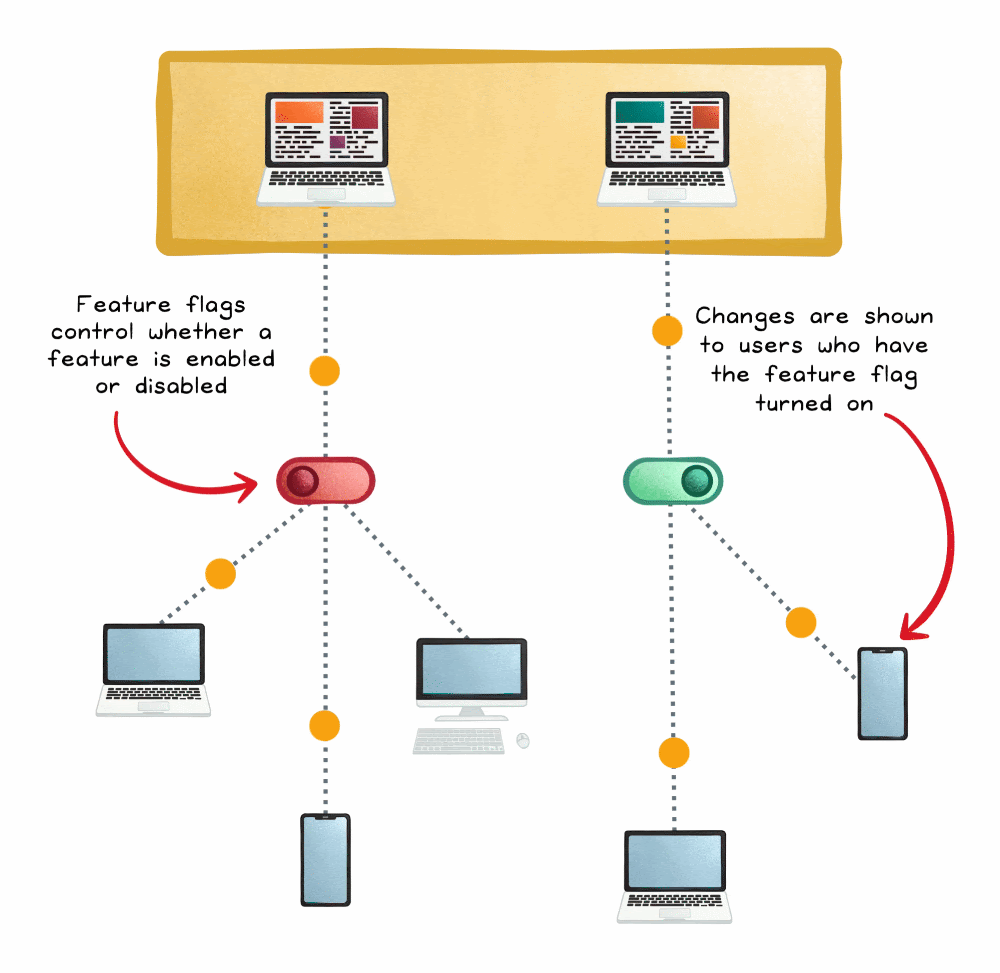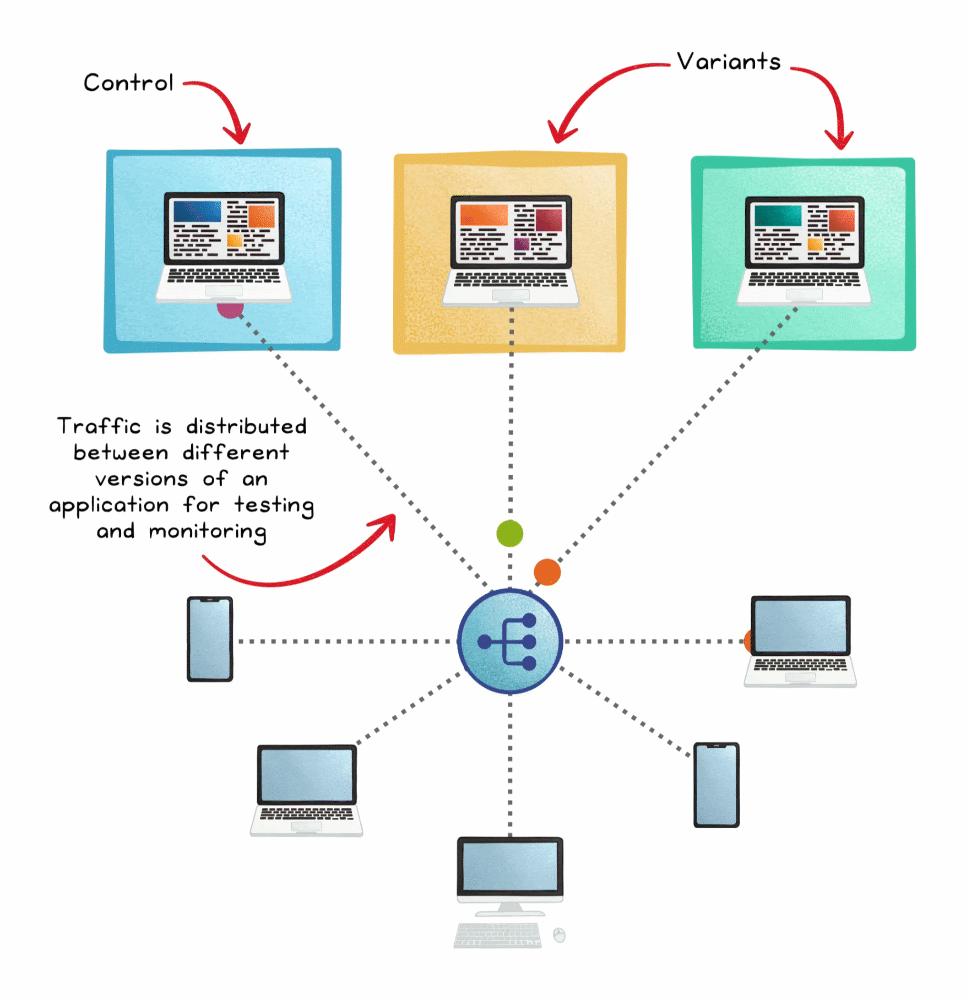Navigating Software Updates: A Closer Look at Deployment Strategies
(5 Minutes) | Deployment Strategies You Should Know
Get our Architecture Patterns Playbook for FREE on newsletter signup:
Depot is a game-changer for GitHub Actions.
Prestented by Depot
Up to 300% faster execution, and half the costs! I’ve been very impressed with Depot. And switching from the GitHub default runner to the Depot runner is super easy and quick (takes 2 minutes). Sign up today!
Save a ton of money and have faster workflows! Use our code DEPOTFRIENDS24 to get a month off.
Navigating Software Updates: A Closer Look at Deployment Strategies
Nailing the right deployment strategy is key to smoothly introducing new features and updates.
Think of them as the secret sauce for reducing risks, avoiding interruptions, and delivering a seamless experience to users.
Among the many possible approaches, there are five that really shine for their effectiveness and adaptability.
Let’s take a look at their distinct traits and why developers worldwide rely on them for smooth software launches.
Blue/Green Deployment
This method is a game-changer for zero downtime updates. There are two environments involved: Blue and Green. One is always active, while the other stands by. When a new software version is ready for release, it's deployed to the currently inactive environment, either Blue or Green. After deployment, developers are given the opportunity to test the changes in a real-world scenario without disruption to live traffic.
Once everything is tested, all traffic is then directed to the new environment. This switch is swift, ensuring users don't notice a thing.
The downfall of Blue/Green Deployment is its complexity and cost. Managing two identical production environments can drain your resources, potentially doubling infrastructure costs.
Canary Deployment
Named after canary birds in mines, it involves rolling out changes to a small group first, keeping an eye on performance, and gathering feedback.
If the new feature does well with the initial group, it's gradually introduced to more users. If problems do pop up, disruption is kept to a minimum as it's isolated to a small set of users and developers have an opportunity to fix them or roll back the system before it’s seen by more users.
To ensure efficiency, the rollout should be kept within a reasonable timeframe, with adjustments to the size of user increments based on each phase's outcomes.
Rolling Deployment
Rolling deployment is about introducing new software in stages. Instead of updating all servers or delivering to all users at once, it starts small and expands.
This keeps most of the system up and running during the update, reducing the risk of a complete shutdown.
If you're working on a system where it's crucial to keep things continuously operational, this approach is your go-to. However, it does bump up the deployment time which can be problematic for large systems. Managing incremental updates across complex applications can also be challenging, and there’s a risk of temporary inconsistency in the system during the update process.
Feature Flags
Think of feature flags as on-off switches for new features. They allow teams to deploy features quietly, turning them on for specific users when it makes sense.
Feature flags let you test-drive new features with specific users before going public.
These flags also support strategies like canary releases and A/B testing. They provide real, comparative insights for future development, and the ability to quickly switch off a problematic feature cutting down the risks when rolling out updates.
Feature flags are a very useful and popular tool but having too many flags can become cumbersome, increasing the risk of conflicts between features. It’s a good idea to keep feature flags short-lived where possible.
A/B Testing
A/B testing in deployment is like a scientific experiment to guide decision-making on features and changes to an application. It involves two versions of a feature that are presented to different user groups to see which is preferred.
For example, if there's uncertainty about which design of a feature is more effective, A/B testing allows for real-time comparison. Each version is given to a separate segment of users, and their interaction with it is closely monitored. The team then uses this data to determine which version is more successful, based on specific metrics like user engagement or ease of use.
By making sure to use A/B testing where it's needed, software teams can keep tweaking their product bit by bit, ensuring it keeps up with what users want and need.
Wrapping up
Each deployment pattern stands out for specific strengths: Blue/Green for safety and zero downtime, Canary for controlled, low-risk rollouts, Rolling for maintaining continuous operations, Feature flags for flexible feature management, and A/B Testing for data-driven user insights.
The right deployment pattern varies depending on the project's needs and objectives. Recognizing these differences allows teams to choose the best approach for a successful and user-centric software release.
Subscribe to get simple-to-understand, visual, and engaging system design articles straight to your inbox:



